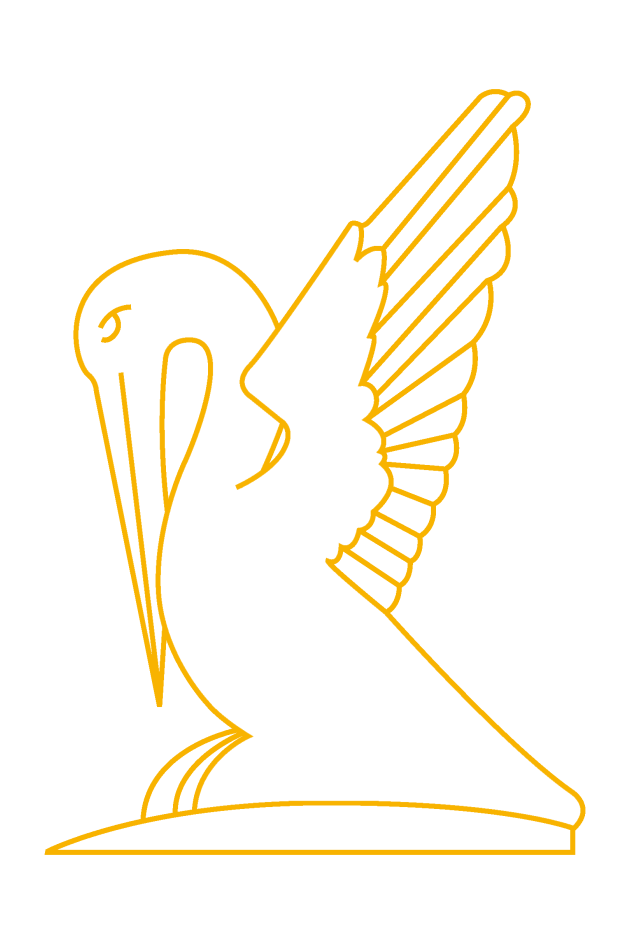As we approach graduation season, the most common feedback from parents on their children's growth over the year is undoubtedly the speed at which they have grown: in addition to their increasing curiosity and desire to explore, their divergent thinking and hands-on skills have improved significantly.
As a new school less than a year old, how does Ardingly College Zhongshan(Kindergarten) bring an inquiry-based learning life to the children? And what are the keys to helping them develop high moral character? Mrs. Caroline, Deputy Academic Director and IB PYP Coordinator, tells us the truth - the UOI (Unit of Inquiry).
At the beginning of the school year in autumn 2022, ACZS(Kindergarten) passed the IBO's official selection and assessment process, and became one of the very few IB PYP Candidate Schools in Zhongshan (Accreditation Code: 062919), based on its strength and high level of international education. One of the most intriguing aspects of the programme is the UOI(Unit of Inquiry), which is based on the IB PYP programme.
In order to fully understand the UOI, we must be aware of the supra-curricular themes and POI. The IB PYP programme is committed to making learning more interesting, relevant and challenging by enabling students to explore learning in a supra-curricular context. Therefore, the scholars who developed the IB curriculum have repeatedly researched and developed six super-disciplinary themes: Who we are, How we organise ourselves, How we express ourselves, Where we are in place and time, How the world works, and Sharing the planet. These themes help them develop a more comprehensive and deeper understanding of the world by reintegrating and extending their knowledge.
The UOI is a thematic unit of learning activities that uses the six super-disciplinary themes as a medium, with the world as the teaching material, questions as the introduction, concepts as the driver and inquiry as the main learning approach.
The POI (Programme of Inquiry) is a whole programme of supra-disciplinary inquiry for the early years, consisting of individual UOI. It not only shows the outline of knowledge for each UOI, but also provides an overview of the teaching methods and objectives.
What Makes Our UOI Unique?
In line with many kindergartens that use the IB PYP programme as the core of their curriculum, ACZS(Kindergarten) also focuses on the six super-disciplinary themes of the UOI, which provides an organic integration of core knowledge from the whole range of subjects. These include language, mathematics, logic, science, personal and social, breaking down traditional subject boundaries, but with different teaching programmes, introduction of themes, and details of lesson planning.
Based on the advantages of small class sizes and low teacher-to-student ratios, the UOI are developed to take into account the characteristics of different age groups and to design independent learning themes and approaches for them. Here, each child can fill in the answers to the world's questions in his or her own way.
As younger children are more aware of the changes in nature, we have used spring as the theme for our How the World Works unit to encourage children to learn about the whole process of plant growth and the wonderful changes in the world. For example, through seed germination and then flowering, they will understand that life does not bloom overnight, but is the product of full watering by soil, sunlight and water; try to catch insects and see the uniqueness of different life up close.
And in this term's final exhibition, the children also worked with their teachers to present the growth of plants and animals in graphic form. This included the giant butterfly which was also drawn by the children driven by their creativity.
As in the same unit of How the World Works, the same exploration of springtime life, but is explored in a more visual way by the younger children. They will combine theoretical knowledge with hands-on practice by planting a variety of plants in the Sky Garden on the third floor.
After a long wait and observation, the final exhibition showed a detailed overview of the process and the colourful results: some children summarised the best way to grow and nurture plants, others recorded their unique fertiliser made from banana peels, and others researched how to bake the fruit ...
The K2 children explore the four areas of arrangement, materials, food and money in this unit, which are closely related to our lives. The ubiquitous elements in their lives have aroused their curiosity and they are actively asking the international teachers about the meaning of words such as Light, Heavy, Hard and Soft, and they are beginning to pay close attention to the patterns in their lives, even comparing the characteristics of different foods when they are eating.
This repeated learning naturally led to an enriching final exhibition: a collection of currencies from many countries, a display of trendy design elements, and a colourful interpretation of 'water' that impressed the parents.
The older classes progressed to the unit of How We Express Ourselves. Even though they are at the same age level, Epsilon and Zeta classes have chosen very different angles of inquiry. Starting with the concept of form, Epsilon class has focused on signs and symbols, and in addition to exploring the various common symbols in the schoolyard, they have extended to mathematical symbols, Chinese character symbols, alphabetic symbols, punctuation, musical symbols, etc.
But the most surprising part of the project was the answer they gave in the final exhibition, where they interpreted 'Moon Ice Cream', using body movement and music as symbols!
In contrast, Zeta's class first chose to explore the hundreds of surnames in traditional Chinese culture. These "symbols", which have a strong vitality and cohesive force, not only deepened their knowledge of surnames, but also stimulated their interest in historical events and social culture.
At the final exhibition, we also saw the concert venue that Zeta had built. This was the result of their brainstorming after watching a concert, where the children expressed themselves through musical instruments and singing, while also looking at a range of peripheral products such as ticket booths, billboards and posters.
The personalised themes and the ritualistic final exhibition have helped the children to become more confident in their exploration journey. But, the secret behind this is perhaps only clear to the teachers, "Whether it is the entry point of stimulating children's interests or questions after careful observation, the essential weekly collaborative lesson preparation by Chinese and international teachers, or the timely and effective follow-up, all are keys to the uniqueness of the UOI at ACZS(Zhongshan)."






